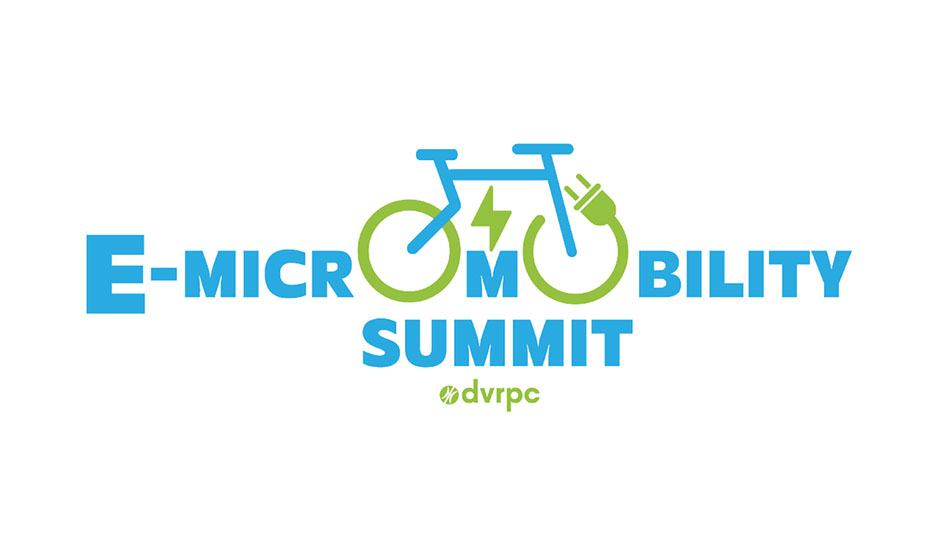
November 24, 2025
DVRPC’s most recent E-Micromobility Summit focused on lithium-ion battery safety training, a particularly complex and challenging aspect of this increasingly popular mode choice.
E-Micromobility, e-bikes and e-scooters, have become a prominent part of the transportation landscape, prompting communities to explore how to safely integrate them into the broader mobility network. DVRPC’s most recent E-Micromobility Summit, on November 13, focused on lithium-ion battery safety training, a particularly complex and challenging aspect of this increasingly popular mode choice.
The Summit featured John Orlando, retired FDNY Supervising Fire Marshal and national expert on lithium-ion battery safety, who shared critical insights from his 27 years of service and research. Orlando examined the topic through multiple lenses: battery science, product regulation, enforcement challenges, and public safety policy, offering participants a comprehensive understanding of the risks and solutions shaping this rapidly evolving field.
His presentation addressed:
- The science behind lithium-ion batteries and why thermal runaway can occur.
- The growing challenge of dangerous or uncertified devices entering the consumer market.
- The rise of illegal charging operations that support delivery workers but pose serious fire hazards.
- The urgent need for policy change and infrastructure planning to ensure safe charging practices in homes, workplaces, and public spaces.
Notable takeaways from the summit highlighted emergency response, infrastructure, and safety culture.
Understanding the Risks
Lithium-ion batteries are central to e-micromobility but present unique hazards when improperly designed, charged, or stored. Orlando highlighted how overcharging, physical damage, and the use of uncertified components can trigger catastrophic failures.
Regulating for Safety
Currently, e-micromobility devices and their batteries fall under a patchwork of regulations, highlighting the need for consistent standards at the regional, state, and national levels. Orlando underscored the importance of requiring third-party safety certification, such as UL 2849, and empowering agencies to remove unsafe products from circulation.
Protecting Delivery Workers and the Public
The discussion emphasized the human dimension of this issue. Many delivery workers rely on informal or unsafe charging networks out of necessity. Creating safe, accessible charging infrastructure and clear enforcement frameworks can help protect both workers and the communities they serve.
Planning for Safe Integration
As municipalities plan for e-micromobility infrastructure, safety must be a foundational element. From secure charging hubs to clear zoning policies, proactive planning will help ensure these new transportation modes remain both sustainable and safe.
DVRPC is committed to supporting partners across disciplines as they navigate the complex intersection of innovation, infrastructure, and public safety. By fostering informed dialogue around issues such as lithium-ion battery regulation and safe charging practices, DVRPC continues to advance a transportation future that is safe, modern, and multimodal.